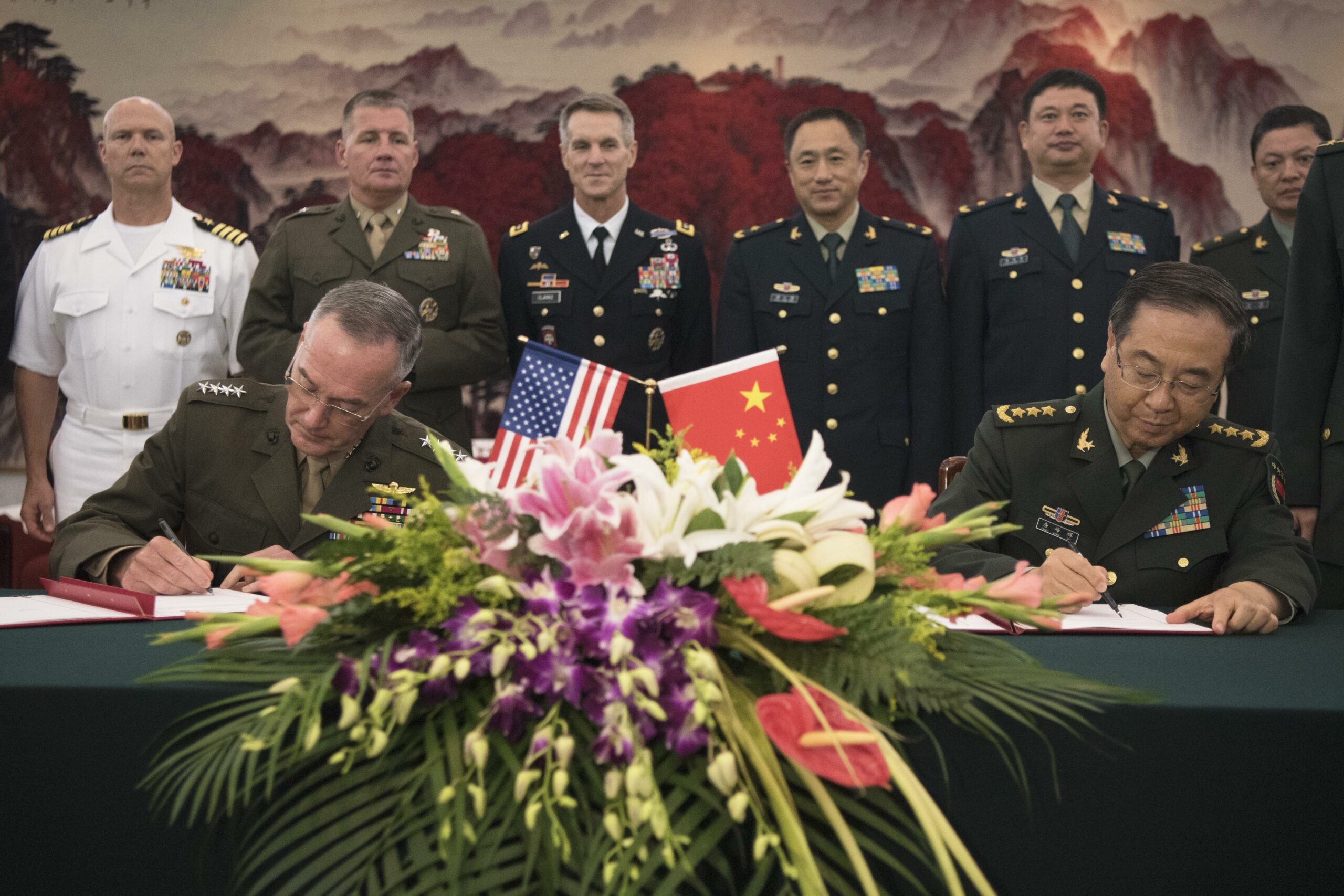Behavioral Arms Control and East Asia
In this special report, Ulrich Kühn and Heather Williams suggest using a “Behavioral Arms Control” framework between China and the United States to reduce the risk of war by building confidence and developing bilateral arms control initiatives.
This report was prepared for the project “Reducing the Risk of Nuclear Weapon Use in Northeast Asia.” The research described in this paper was co-sponsored by the Research Center for Nuclear Weapons Abolition, Nagasaki University (RECNA), the Nautilus Institute for Security and Sustainability, and the Asia-Pacific Leadership Network for Nuclear Non-Proliferation and Disarmament (APLN), with collaboration from the Panel on Peace and Security of Northeast Asia (PSNA). MacArthur Foundation and New Land Foundation funding to Nautilus Institute supported this project.
This report is published simultaneously by the Nautilus Institute here and by RECNA-Nagasaki University here. This report is published under a 4.0 International Creative Commons License the terms of which are found here. It was first published in the Journal for Peace and Nuclear Disarmament here.
Click here to learn more about the project. Below is the report abstract.
Abstract
Growing political and military tensions between China and the United States make it necessary to think of novel arms control approaches on nuclear weapons and certain emerging technologies, designed to include China and other actors. This commentary makes the case for a Behavioral Arms Control (BAC) framework between China and the United States, stabilizing relations in East Asia. It builds on the recent behavioral turn in arms control and historical examples from the realm of confidence-building measures. It suggests informal initiatives to reduce military risks by focusing on the actions, rather than the capabilities, that can lead to escalation. In order to avoid nuclear use and war, BAC prescribes responsible behavior in multiple military domains, involving various nuclear and non-nuclear actors. After discussing the BAC concept and ‘responsibility’ in particular, the commentary lays out three principles for engaging China and subsequently offers a number of possible arms control initiatives under a BAC framework.
Keywords
Nuclear Weapons; United States; China; Responsible Behavior; Arms Control
About the Author
Dr. Ulrich Kühn is Director of the Arms Control and Emerging Technologies Program at IFSH, University of Hamburg, and a Non-Resident Scholar with the Nuclear Policy Program, Carnegie Endowment for International Peace.
Dr. Heather Williams is the Director of the Project on Nuclear Issues at the Center for Strategic and International Studies. She is also an associate fellow with the Project on Managing the Atom, Harvard Belfer Center.
Disclaimer: The opinions articulated above represent the views of the author(s) and do not necessarily reflect the position of the Asia Pacific Leadership Network or any of its members. The APLN’s website is a source of authoritative research and analysis and serves as a platform for debate and discussion among our senior network members, experts and practitioners, as well as the next generation of policymakers, analysts and advocates. Comments and responses can be emailed to apln@apln.network.
Image: Marine Corps Gen. Joe Dunford, chairman of the Joint Chiefs of Staff, and Gen. Fang Fenghui of the Chinese army, chief of China’s joint staff, sign the joint strategic dialogue mechanism following a roundtable discussion at the Ba Yi, the People’s Liberation Army headquarters in Beijing, Aug. 15, 2017. DoD photo by Navy Petty Officer 1st Class Dominique A. Pineiro. https://www.defense.gov/Multimedia/Photos/igphoto/2002037846/

